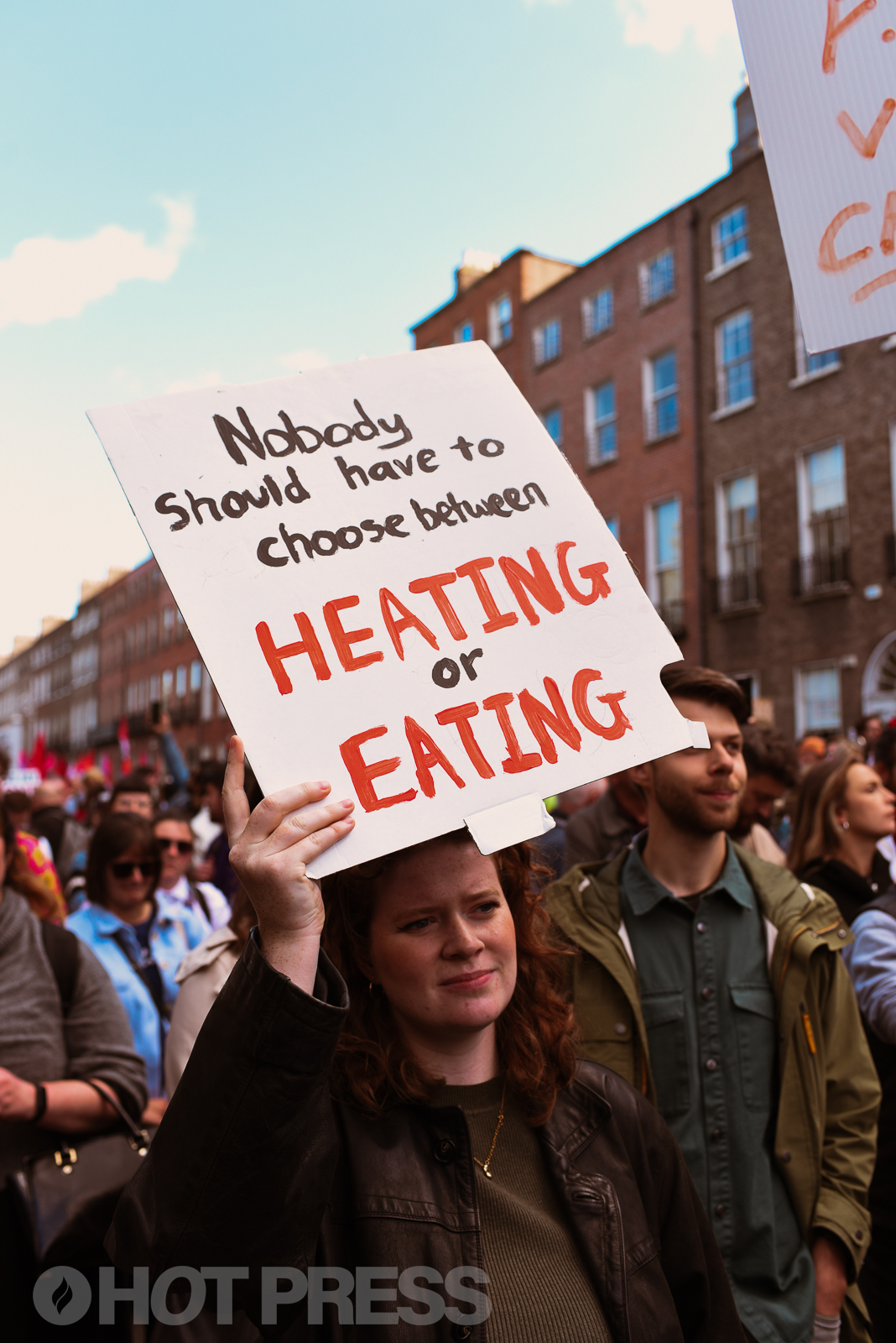- Culture
- 28 Oct 22

The Economic and Social Research Institute's second annual Poverty, Income Inequality and Living Standards in Ireland report was published today, showing that the average private rent in the country rose from €589 to €1,084 per month between 2012 and 2021.
According to a report by The Economic and Social Research Institute, average private rents in Ireland have increased by 84 per cent over the last decade, with income inequality at an all-time low.
The organisation's second annual Poverty, Income Inequality and Living Standards in Ireland report was published earlier today, revealing that average private rates across Ireland rose from €589 to €1,084 per month between 2012 and 2021.
This upturn in rents has led to a serious decline in the affordability of housing for low-income and young private renters.
The ESRI found that average housing cost to income ratio increased from 0.226 to 0.304 between 2007 and 2021 for private renters in the lowest income category. For private renters aged between 18 and 34, this ratio increased from 0.116 to 0.221.
The report also examined the gini coefficient, which measures the distribution of income across society. This has also risen and is now around a fifth below its historic high in 1987.
Advertisement
The "at risk of poverty rate" in 2021 measured at 15.6 per cent on an after-housing cost (AHC) basis, the ESRI report estimated. This 15.6 per cent amounts to 785,000 people. On a before-housing cost (BHC) basis, this rate sits at 12.4 per cent - which amounts to 625,000 people.
The AHC at risk of poverty rate for lone parents and their children recorded in 2021 was 46 per cent, equalling an estimated 153,000 people.
 Cost of Living protest in Dublin. 24th September 2022. Copyright Miguel Ruiz.
Cost of Living protest in Dublin. 24th September 2022. Copyright Miguel Ruiz.The ESRI's report also discussed material deprivation - which examines where someone is not able to afford two or more items from a list of 11 essentials. Interestingly, the report estimates that in 2021, 69 per cent of the 695,000 people experiencing material deprivation had incomes above the poverty line on an AHC basis.
Of these 695,000 people, almost half lived in a household where someone reported having a disability. Most of these people were less than €100 per week above the poverty line after accounting for household size.
Barra Roantree, an economist at the ESRI and an author of the report, said: “Addressing the challenges of housing affordability highlighted in our report will require a sustained increase in supply, particularly of social and cost rental housing.
Advertisement
“Until that is achieved, and despite the large costs involved, supports like HAP will continue to play a key role.
“Given this, more regular review of the income and rent limits governing the scheme will be needed if the exposure of more households to unaffordable housing costs is to be avoided.”
For those in household where someone reports a disability, "at risk of poverty rates" remain higher.
People living in households where someone of working age is in full-time paid work make up around 220,000 of the 625,000 people below the BHC income poverty line, and 333,000 of the 740,000 people below the AHC income poverty line, the report also stated.
 Cost of Living protest in Dublin. 24th September 2022. Copyright Miguel Ruiz.
Cost of Living protest in Dublin. 24th September 2022. Copyright Miguel Ruiz.The ESRI report stated: “This is despite their much lower income poverty rates, and reflects the fact that households with someone in paid work make up the bulk of the working-age population.”
Advertisement
The “working poor” are also extravagantly more likely to be lone parents and renters.
A quarter of the "working poor" live in a lone-parent household, with over half having lived in private or supported rental accommodation. This is compared to just 5.5 per cent and 28 per cent respectively of working households above the poverty line.
Paul Redmond, another author of the report, said that in work-poverty is an area of concern as it is tied to lower well-being and social exclusion.
2019 saw approximately 220,000 people affected by in-work poverty in Ireland. Supported renters and lone parents were those particularly affected by this. The working poor were also immensely reliant on someone earning the minimum wage.
Continuing discussions of the working-poor, Redmond said: “However, increasing the minimum wage will have a limited impact on overall poverty reduction, as most people at risk of poverty do not work. This highlights the need for other policies to tackle poverty, such as affordable, quality childcare to allow full-time work by at least one adult in a household.”
Michelle Barrett, another author of the report, said she finds the way that poverty is officially measured “potentially excludes many individuals in households affected by a disability."
“This is because it does not account for the substantial extra costs of living faced by this group, and suggests that there may be a case for revisiting the way the income-related component of the official poverty indicator is measured,” Barrett added.










